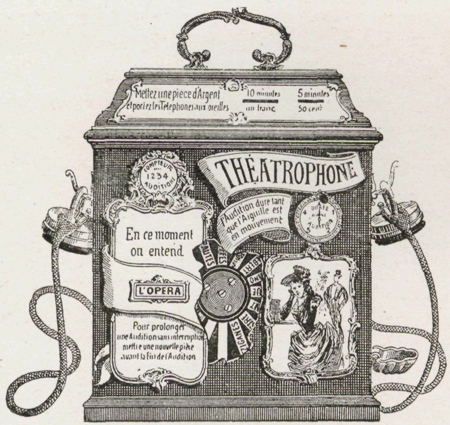Surveys suggest that a majority of ordinary Britons want a return to the death penalty for the most heinous crimes (this online poll on The Sun’s web site has 80% in favour). And, thanks to the government’s rules for e-petitions, our legislators may soon be obliged to debate the topic again. Some of them may even vote for it. I’m opposed to the return of the death penalty and I find the pop media’s pro-execution rhetoric to be chilling and inhuman but I’m certain that it will never happen. Britain just doesn’t have the stomach for the cascade of secondary decisions that we’d have to make in order for it to become law:
Who will do it? A court-appointed executioner? How about a group of ordinary citizens pressing buttons at home, none of them knowing whose button actually does the deed? Or the victim’s family? I’ll suggest that executioners are drawn by lottery from the list of people who’ve expressed support for the new law. That sounds logical: it surely can’t be OK to vote for the death penalty and expect someone else to despatch the condemned, can it? If there’s a chance that you’ll have to squeeze the syringe, will you still vote for it? And, once appointed, how will the executioner cope with the attention of the media? Will he or she be allowed to sell the story of the condemned’s last moments? Or will the law mandate anonymity? And what will happen the first time the family of an executed criminal brings a civil case against the executioner or the prison or everyone involved in the deed?
How will we do it? A lethal injection? Electrocution? Hanging? None has a great track record. None is humane. How will we decide? It’ll take a decade. High-tech solutions will be proposed (shot into the vacuum of space? Instantaneous robotic dismemberment? Nanoexecutioners?). The debate will rage. Campaigners on both sides will mount judicial challenges. It’ll be chaos and, as soon as the first horrendous screw-up happens, it’ll all start again.
Will we do it publicly and who will observe? I’ll argue that judicial killings should be streamed online from multiple angles (in 3D) and that a panel of ordinary citizens should be obliged to observe from close quarters – selected by the jury service process, perhaps.
And will a doctor be present? Someone will need to ensure good practice and certify death. Does the Hippocratic oath permit that? Will the BMA? And if they don’t, will rogue doctors show up to do the honours or will we have to create a new class of state-appointed ‘execution doctors’?
What will we do with the body? Will we consign the dead to a secure prison graveyard or permit shrines to arise in public cemeteries? How about mandatory cremation and scattering? Will we forbid elaborate funerals and celebrations of the lives of the wicked deceased?
What will we do the first time an innocent person is executed? Will the new law have provision for automatic compensation? Will executions cease while standards of evidence are examined and investigations reviewed? Could the death penalty actually survive a mistake? Or would we be back at square one?
And what about death row? Will there be a single, national facility (designed by a rockstar architect, perhaps, with an atrium) where the condemned work through their decades of appeals? Or will each prison keep a mini-death row of its own? Will the inhabitants be allowed access to the media, web sites, Twitter accounts? Will there be a reality TV show?
There are other questions: will we execute young people or people with learning disabilities? Will we execute mothers of young children? Will we execute foreigners? Will the new law require derogation from international human rights law? Will Britain become a pariah once it rejoins the club that includes all the most hideous regimes on earth (and the United States)? Will the first executions for nearly fifty years bring about civil unrest? Can a civilised state tolerate the introduction of state-sanctioned killing? Will it dehumanise us and our children? Will MPs even contemplate the prospect of another nasty and divisive debate about the grimmest of all subjects? Who will draft the bill, draw up the regulations, implement the policy? Will civil servants and prison officers who object be forced to implement the law? Will employment tribunals consider the dismissals of conscientious objectors? And so on. And so on. Like I said, we don’t have the stomach for it.



